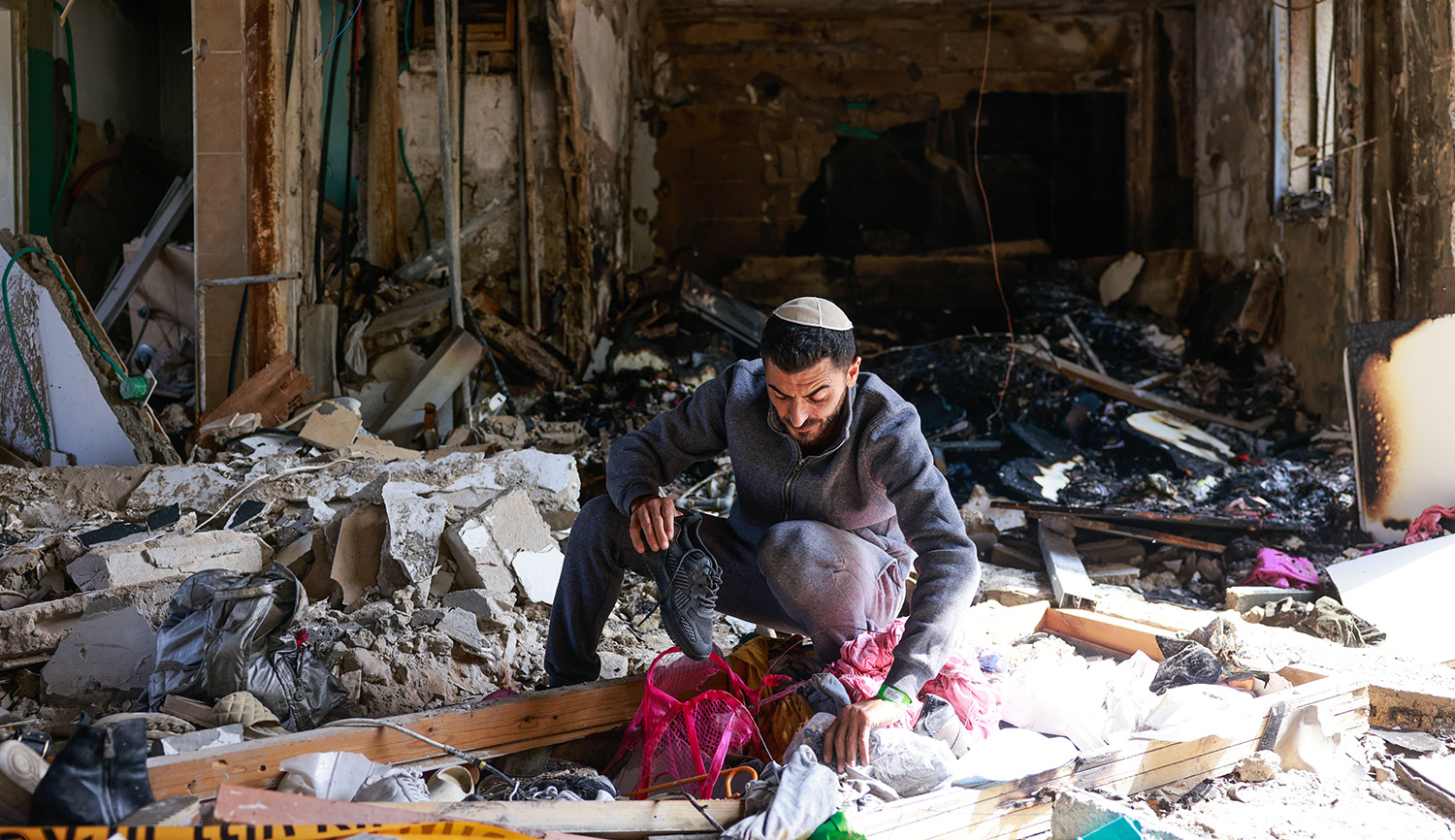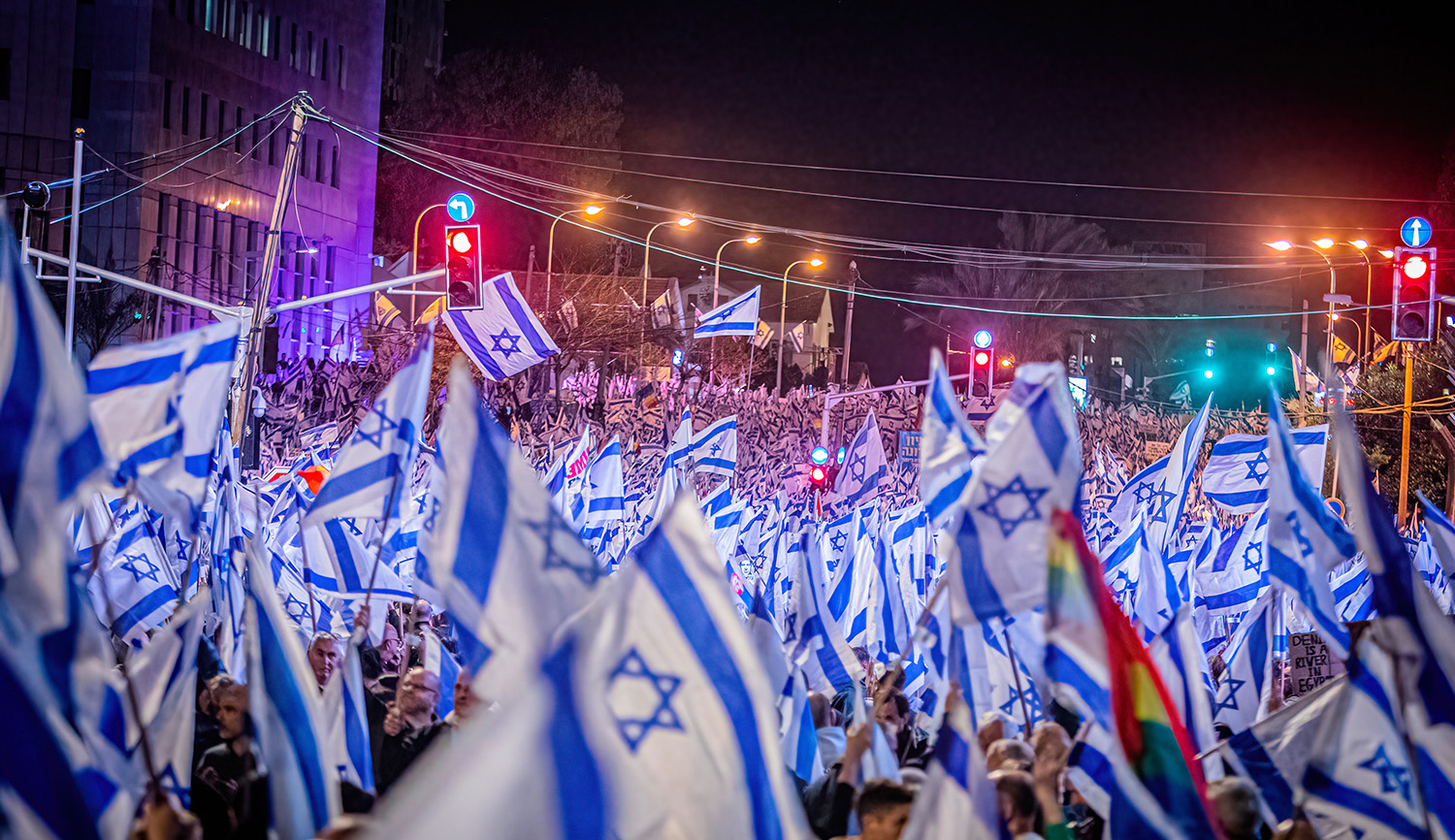Of all the great Jewish poets of medieval Spain, Judah Halevi was unique in his expressions of dissatisfaction with life in exile, and his yearning for the Holy Land, summed up most famously in his verse, “My heart is in the east while I am in the uttermost west.” Sarah Rindner, having recently left America to settle in Israel—a subject she has written about here—reflects on Halevi’s words, and the response to them of the 20th-century Israeli poet, also bearing the name Yehuda, in light of her own experiences:
In 1967, the poet Yehuda Amichai, whose poems are now nearly synonymous with the modern city of Jerusalem, found himself in the odd position of viewing one of the most momentous turning points in the history of his beloved city, at least partially, from abroad. In response, he penned the opening sequence of the poem cycle “Jerusalem, 1967” in which he riffs on the classic refrain of Judah Halevi. . . . Amichai’s alternate refrain, describing his feelings watching “the silence of his city from afar,” breaks up these two poles into four squares:
This year I traveled a long way
to view the silence of my city
A baby calms down when you rock it, a city calms down
from the distance. I dwelled in longing. I played the hopscotch
of the four strict squares of Judah Halevi:
My heart. Myself. East. West.In typical fashion, Amichai unfolds a familiar traditional Jewish refrain and fashions it anew. There are not just two poles, East and West, but four, including a heart and a body. East and West here may be states of mind―they may be the distance between Amichai’s budding career as an internationally translated poet and his roots in Jerusalem, or they may be the distance between the Eastern and Western divisions of Jerusalem itself. The hopscotch analogy implies that the relationships among these poles are familiar and fluid, and potentially even playful too.
In the modern world, our bodies do not have to stay in any one place for too long. For a Jew who yearns for Jerusalem while maintaining deep connections abroad, the precise location of our hearts may also be provisional, contingent upon many factors: spiritual, familial, geographical, and cultural. All four quarters are present at all times, but we may skip from one to the other, maybe in a way that almost seems frivolous compared with the limitations we experienced in the past.
Even so, Rindner goes on to suggest, it may be Halevi who can speak more to the modern Jerusalemite.
More about: Aliyah, Hebrew poetry, Judah Halevi, Yehuda Amichai


